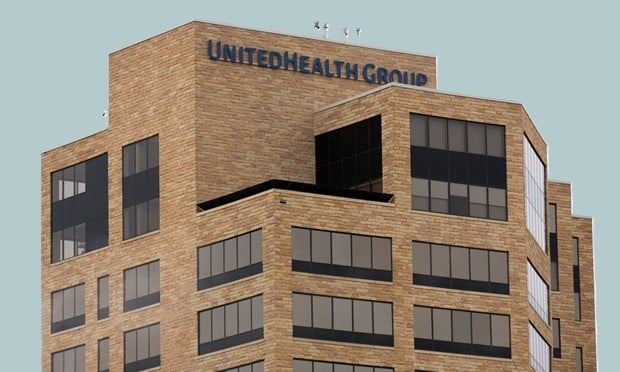GOLD CREDIT RISK MANAGEMENT WINNER………Toyota Financial Services (TFS), based in Torrance, Calif., essentially exists to buy individual auto loans at a discount from its more than 1,200 U.S. Toyota and Lexus dealers. The discounted price Toyota Financial agrees to pay for the loans largely dictates the rate dealers can offer consumers and, to some extent, a dealer's ability to close a sale.
Following conventional corporate thinking, Toyota Financial previously had centralized control over credit risk and pricing in a headquarters committee of senior executives from risk, finance and line units. But it wasn't working. "Line units saw their best customers cherry-picked by competitors, while their input was disregarded," recalls Adrian Gruebler, national manager in Toyota Financial's corporate treasury. "Everyone agreed that our process was burdensome, inflexible and inefficient. The more decisions were automated, the less local information would or could be used."
Toyota Financial decided to turn the traditional tension between headquarters and field operations on its head to achieve nothing short of a financial breakthrough. It rescued its risk-adjusted return on capital (RAROC), which was tanking, by decentralizing. It took control over credit pricing decisions–and thus control over RAROC–away from a corporate committee and gave it to its 30 dispersed dealer sales and service offices.
Recommended For You
TFS made its RAROC model accessible to hundreds of field managers and taught them how to use it to achieve their monthly RAROC targets. The result: In roughly 12 months, RAROC had rebounded from a precious few basis points to a significantly higher number, which TFS will not reveal for competitive reasons. "[It's] back to a normal, healthy level," according to Gruebler.
To get there, it meant that the central committee had to relinquish power and, perhaps more difficult, their database and sophisticated modeling involving the cost of funds, macro demand forecasts and projected credit losses. The alternative was for the committee to learn what field units already knew about dealer needs and local competitor offers, and "pricing committee members could not imagine themselves becoming experts on local conditions in each of the pricing regions," Gruebler says.
TFS gave authority to those who could be locally responsive and armed them with online access to the corporate RAROC model they would need to mimic the macro sophistication of the TFS treasury. Since Toyota field offices are measured by volume–and regularly complained that headquarters demanded inflated returns on loans–the unconventional and certainly out-of-vogue move to decentralize could be seen as asking the foxes to guard the hen house. Neverthe- less, TFS's senior treasury, sales and risk executives decided to err on the side of those with the most up-to-date information.
Toyota Financial brought a Wall Street-like tool into the corporate world and invited field leaders to test the simple client/server technology. After a successful unveiling, the rest of the field staff was trained in how to use the RAROC model and given new, RAROC-based goals. The selling point: They were getting the local input into pricing decisions they had always wanted.
Much of the gain, Gruebler explains, comes from slicing the TFS portfolio into about 200 segments based on geography, credit quality, loan-to-value ratio, loan term, etc. Toyota field offices can now meet local competition and hit RAROC targets by matching competitive pricing in the most sensitive segments and making up the margin in less sensitive segments.
The project managers knew that aligning the interests of the field staff with the interests of headquarters would be costly until the volume interest of the field offices was aligned with the profitability interests of headquarters. The solution required putting a healthy dose of profitability into the metrics by which field staff would be compensated. That alignment is still a work in progress, Gruebler admits, but the bottom line is that RAROC has turned up and continues to climb, albeit with some month-to-month volatility.
© 2025 ALM Global, LLC, All Rights Reserved. Request academic re-use from www.copyright.com. All other uses, submit a request to asset-and-logo-licensing@alm.com. For more information visit Asset & Logo Licensing.




